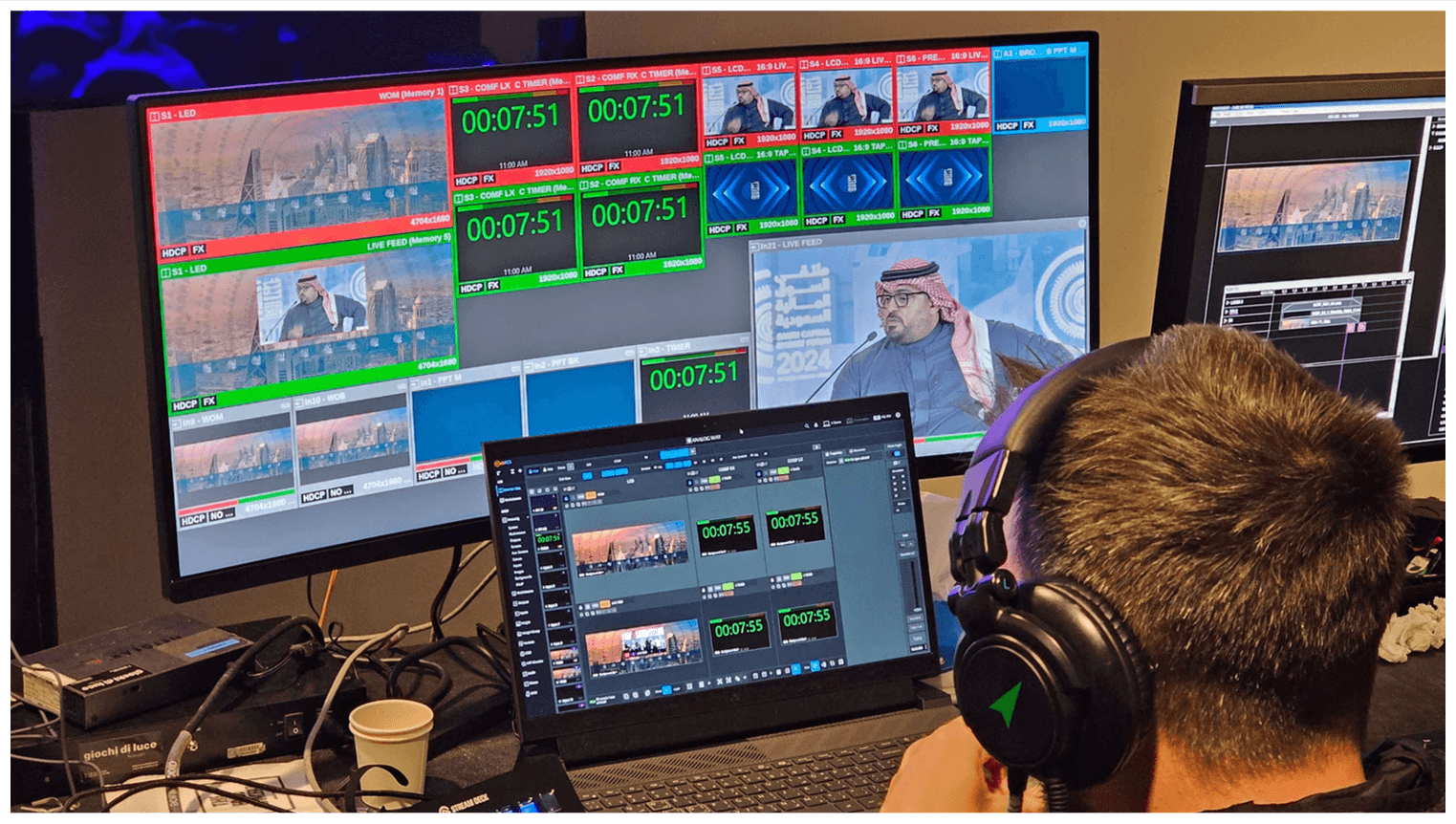Researched and written by Evan – ~4 min read

Ever wondered why translation rates vary so much and what drives the price up or down? Whether you’re translating a website, legal agreement, or marketing campaign, understanding the cost factors helps you plan wisely and get the best value.
Let’s break it down, without jargon or guesswork and keep it both fun and practical.
Pricing Models: Per Word, Per Hour, or Custom Packages
Most translation projects are billed in one of three ways:
- Per word: For standard language combinations, expect rates between $0.08 to $0.25 per word, depending on topic and complexity.
- Per page: Usually $20-$60/per page. Prices can increase if additional services are requested, such as proofreading, formatting, adaptation, etc.
- Project-based: Used for large or multi-format tasks, flat fee based on document type, languages, layout, and extras.
Language Pair and Demand
Some translations are common and affordable; others are considered rare because of the few professional translators available:
- English ↔ Spanish or French: $0.08–$0.14 per word, wide availability keeps rates moderate.
- English ↔ Japanese, Korean: More skilled professionals required, rates climb to $0.15–$0.25/word.
- Rare combinations (think Icelandic to Swahili): Scarce expertise = premium pricing up to $0.25–$0.35/word.
Type of Content: General vs. Specialized
Not all texts are created equal:
- General content (emails, newsletters): simpler and often $0.08–$0.12 per word.
- Highly technical & legal documents (SOPs, contracts, medical reports): demand subject-matter experts, costing $0.15–$0.20+ per word. Certified versions can jump to $30–$60 per page.
Creative or marketing translation, often called transcreation, brings the highest rates (up to $0.30/word or $50–$150/hour) because it involves rewriting content to resonate culturally.
Turnaround Time and Deadlines
Need it yesterday? That’ll cost more.
- Standard turnaround: regular rates apply
- Rush or same-day jobs: 20–50% surcharge applies
Quick requests may require multiple translators or odd-hour work, your translator may need to prioritize your job over others.
Document Complexity & Format
The easier the format, the cheaper the job:
- Editable files like Word or Excel cost less.
- PDFs or scanned images require manual formatting and more labor, expect extra charges.
If desktop publishing (DTP) is needed for brochures or InDesign files, expect extra fees for layout work.
Quality Assurance & Certification Options
Translation is one stage, proofreading and QA is another:
- Basic service: translation only
- Standard service (TEP): includes translation, editing, proofreading, higher rates
- Certified or notarized translation: adds fees, typically $30–$100 per page.
Some clients require ISO-compliant workflows, bilingual checks, or industry-specific validation (especially for legal, medical or financial content).
Volume Discounts and Repeats
Large documents with repeated text might qualify for discounts:
- Translation Memory (TM) technology allows fuzzy matches or exact repeats to be billed at reduced rates, sometimes as low as 20–40% of new word price.
- For ongoing or multi-language projects, agencies can offer volume-based pricing or retainers.
Example Pricing Scenarios
Here’s a quick estimate for typical use cases:
| Project Type | Estimated Price Range |
|---|---|
| General business doc (common pairs) | $0.08–$0.12 per word |
| Technical/legal translation | $0.15–$0.20 per word |
| Specialized marketing content | $0.20–$0.30 per word or /hour |
| Certified translation (per page) | $30–$60 per page |
| Large volume with TM leverage | Up to 80% discount on repeated text |
Tips to Get the Best Value
- Plan ahead: late jobs = higher rates.
- Provide clean, editable files: PDFs cost more.
- Use translation memory: repeats cost less.
- Bundle services: e.g., Langpros offers better rates when combining localization, DTP, etc.
- Choose quality over cheapness: skimping may cost more in revisions.
Final Thoughts
Translation pricing might seem complex, but it all comes down to a few key factors: language combination, topic, expected quality level, turnaround time, and volume. By understanding what influences the cost, you can budget more accurately and choose services that match your needs. For example, accurate planning of your marketing campaigns implies granting your Language Service Provider enough time to deliver the translations with the expected quality and without any urgency surcharge.
Looking for a personalized quote or help estimating pricing for your specific project, even if it’s a legal agreement, website content, or marketing copy
? Langpros is here to help, reach out for a clear, customized estimate!





